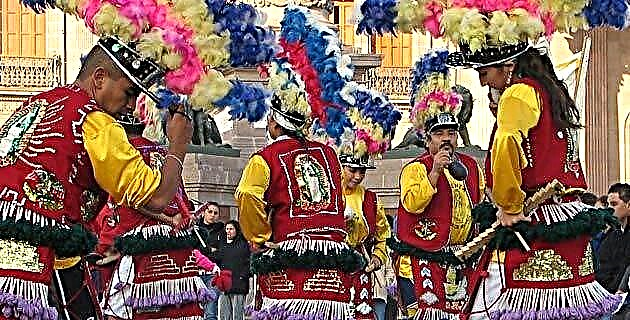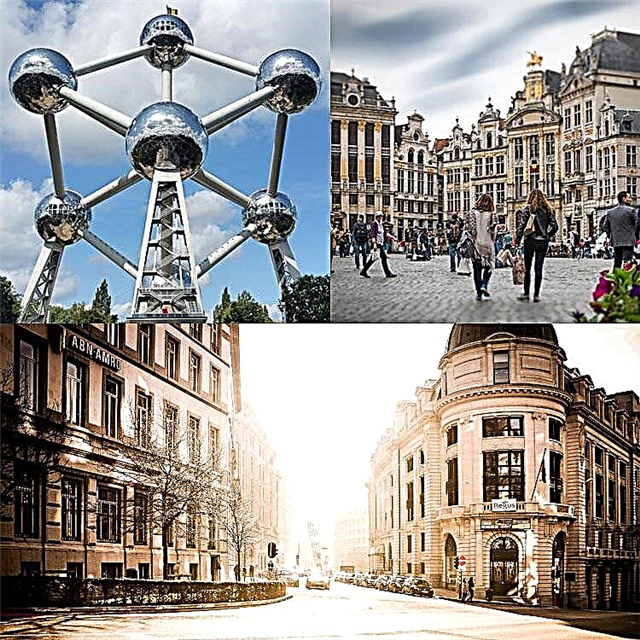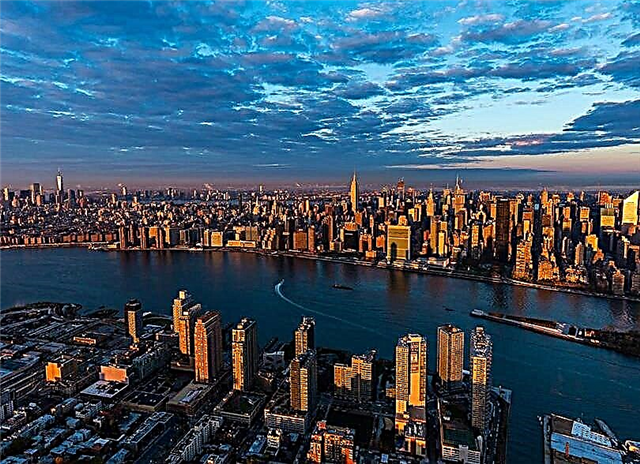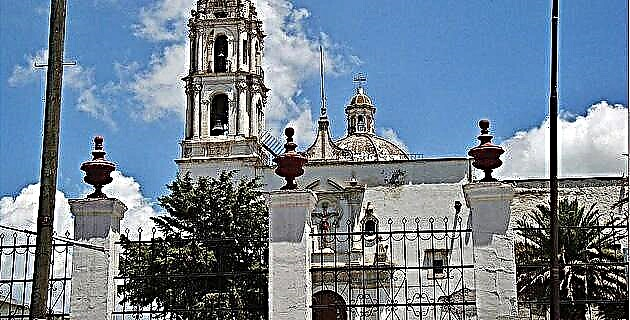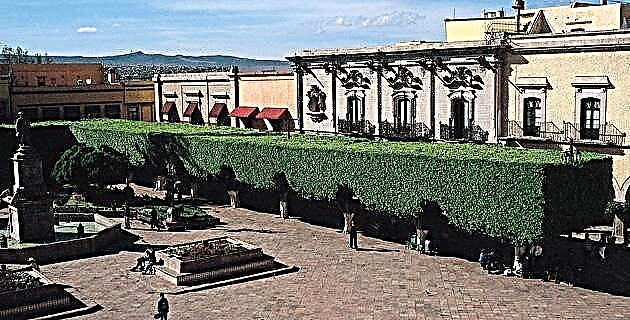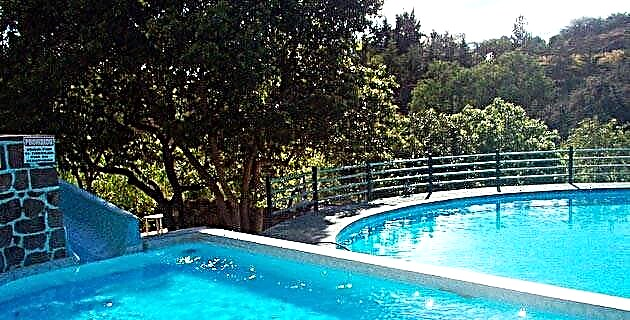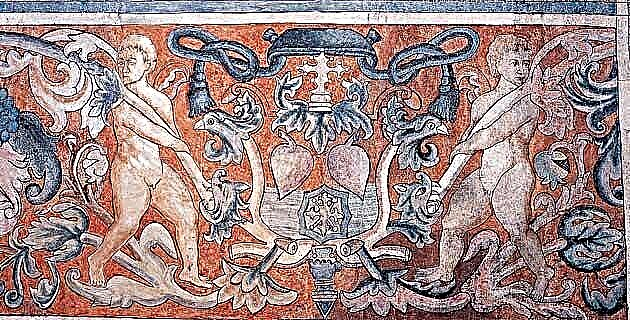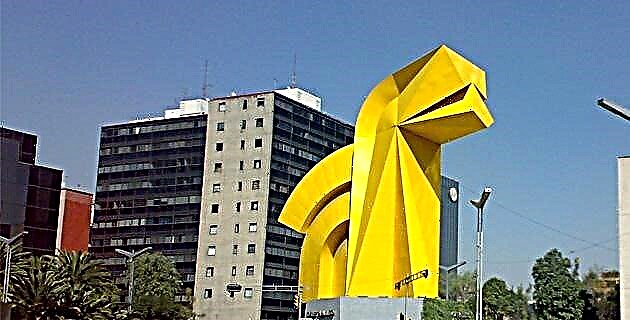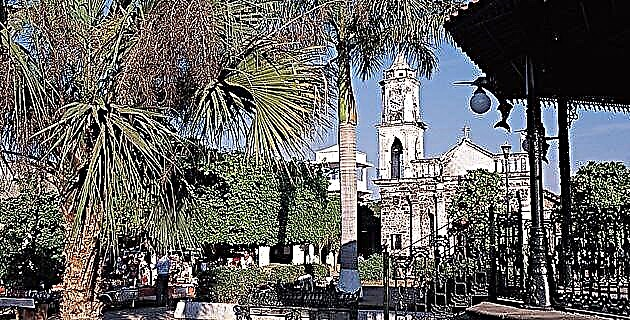
Oh bells of San Blas, in vain you evoke the past again! The past remains deaf to your request, leaving behind the shadows of the night the world rolls towards the light: the dawn rises wherever.
"Oh bells of San Blas, in vain do you evoke the past again! The past remains deaf to your prayer, leaving behind the shadows of the night the world rolls towards the light: the dawn rises wherever."
Henry Wadworth Longfellow, 1882
During the last two decades of the 18th century, the traveler who, coming from the capital of New Spain, left the town of Tepic towards the port of San Blas, knew that in that final part of the journey he would not be free of risks either.
Along a royal road, lined with river stones and oyster shells, the carriage began its descent from the fertile valleys sown with tobacco, sugar cane and bananas to the narrow coastal plain. A feared area because of the pernicious effects that the marshes had on the health of the "people of the inland."
This road was only passable in the dry season, from November to March, because in the rains the force of the flow of the estuaries dragged the red cedar beams that served as bridges.
According to the coachmen, in times of rain, not even on foot was not a risky route.
To make the course less painful, there were four posts at convenient distances: Trapichillo, El Portillo, Navarrete and El Zapotillo. They were places where you could buy water and food, repair a wheel, change horses, protect yourself from the threat of robbers, or spend the night in sheds of bajareque and palm until the dawn light gave the pattern to continue.
When crossing the tenth bridge, the passengers encountered the Zapotillo salt flats; the natural resource that, to a large extent, had made possible the emergence of the naval base. Although the exploitation of salt had been seen several leagues ago, in the Congregation of the Huaristemba, these were the richest deposits, which is why the king's warehouses were located here. At that time of year it would not be unusual for a long whistle to anticipate the encounter with the mule drivers who, on mules, carried their white cargo to Tepic.
The presence of small herds of cows and goats, owned by some officials of the fixed company, announced that the Cerro de la Contaduría would soon begin to climb. At the top, the royal road was transformed into a street with steep slopes, bordered by houses with wooden walls and palm roofs, which on the north side of the parish of Nuestra Señora del Rosario La Marinera led to the main square.
San Blas was a "strong point" of his majesty's royal army. Although a defensive military vocation predominated, it was also an administrative center and an open city that in certain seasons developed a significant legal or clandestine commercial activity. To the west, the main square was delimited by the headquarters; to the north and south by houses of masonry and brick, owned by the chief officers and merchants; and to the east with the feet of the nave of the church.
On the esplanade, under palapas, palm hats, clay pots, fruits of the earth, fish and dried meat were sold; However, this urban space also served to review the troops and organize the civilian population when the lookouts, permanently stationed at high points on the coast, detected the presence of enemy sails and with mirrors gave the agreed signal.
The carriage would continue, without stopping at all, until it was in front of the port accounting office, located almost on the edge of the cliff that faces the Pacific Ocean, this stone building was the headquarters of the military and civil authorities that were in charge of managing everything the Department. There, the commander would take notice of the newcomers; he would receive the viceroy's instructions and correspondence; and if he was lucky enough to be placed to pay his troops.
In the maneuvering yard, the costaleros would unload the products that at the first opportunity would be sent to the missions and coastal detachments in the Californias, taking them, meanwhile, to the bay destined for storage.
On the north side of the port's accounting office, a road led to the San Blas "below", on the banks of the El Pozo estuary, where the carpenters of the body of maestranza and wood cutting, the fishermen and the descendants of the convicts who in 1768 served as forced settlers for the new settlement planned by the visitor José Bernardo de Gálvez Gallardo and the viceroy Carlos Francisco de Croix.
The Cerro de la Contaduría was the place of the groups in power and the old coastlines were left for the men who, due to their activities, needed to settle near the port area or go unnoticed by military surveillance. The night, more than for the recovery of forces, served, in the light of oil lanterns, to carry out an active smuggling and visit the taverns “below”.
San Blas was a fluvial port, since the pilots brought from Veracruz assumed that El Pozo would be able to protect several vessels, both from the action of the waves, and from piratical intrusions, since the mouth of an estuary would be more easily defensible than the entire length of a bay. What could not be known in a visual inspection was that the bottom of this natural channel was silting up and, in a short time, the sandy banks represented a serious danger for navigation. The deep-water vessels were unable to enter port, having to anchor with several anchors in the open sea and load and unload through smaller vessels.
Those same sandy banks were very useful when it came to caulking or caulking the hull of a ship: taking advantage of the high tide, it was docked in the estuary when the waters receded, with the force of dozens of men, it leaned over some of these domes to introduce tow impregnated with tar or tar in the boards of the outer lining, which was later embetunado; once a section was finished it tilted in the opposite direction.
The San Blas shipyards not only served to maintain the ships of the Spanish Crown, but also increased their fleet. Wooden grates were raised on the banks where the hull was shaped, which then had to be slid, through ditches dug in the sand, to the water where the arboring was placed. On land, under wooden and palm galleries, different masters directed the drying and cutting of the wood; the casting of anchors, bells and nails; the tar preparation and the knotting of the rope. All with the same objective: to launch a new frigate.
To defend the entrance to the port, on the Cerro del Vigía, the "entrance castle" was built to protect the access through the San Cristóbal estuary. On Punta El Borrego a battery was built; the coast between both points would be guarded by floating fortresses. In the event of an imminent attack, the accounting building had, on its terraces, cannons ready to open fire. Thus, without being walled, it was a fortified city.
Not all the enemies came from the sea: the population was exposed to constant epidemics of yellow fever and tabardillo, to the inclement itching of legions of gnats, to the fury of hurricanes, to widespread fires that the flash of lightning caused on the roofs and to the profit motive of “bayuquero” merchants who were well aware of the extreme dependence on external supply. A sick, undisciplined, poorly armed and uniformed troop spent much of the day drunk.
Like other ports in New Spain, San Blas experienced great population fluctuations: a large number of workers were hired in the shipyards when a ship was being assembled; the "seafarers" met at the naval base when an expedition to San Lorenzo Nootka was about to set sail; Military units in transit covered strong points when there was a danger of aggression; buyers came when the salt was already in the warehouses.
And religious, soldiers and adventurers passed to the village of the hill when they were about to leave the periodic trips to San Francisco, San Diego, Monterrey, La Paz, Guaymas or Mazatlán. Always oscillating between the bustle of the trade fair and the silence of abandonment.
Source: Mexico in Time # 25 July / August 1998

